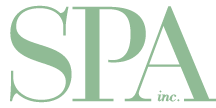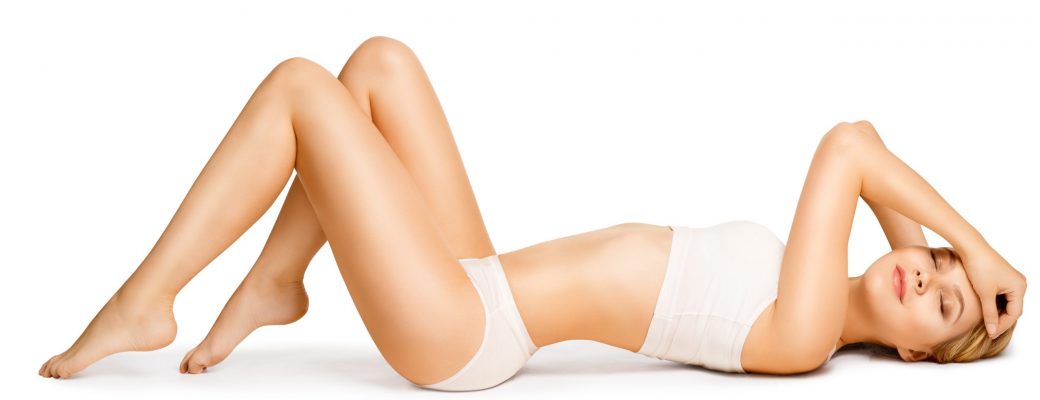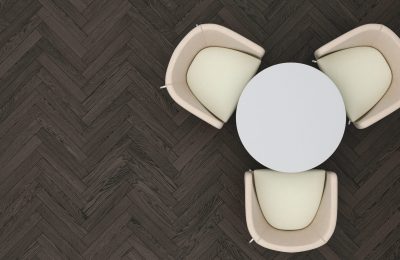In the spa industry, hiring the right employee always benefits owners By Brooke SmithFor employers, hiring a qualified employee can…
The Smooth Truth
Let’s get to the root of the matter. There are about five million hair follicles on the human body, all popping up at different rates. It’s a growing concern for Canada’s spas, which help clients rid themselves of unwanted hair – tweezing, waxing, shaving, threading, sugaring and lasering their way to smooth summer skin.
The esthetic and beauty industry is constantly on the lookout for better ways to fight those infernal follicles. And spa clients are willing to spend the money. Hair removal is consistently one of the most in-demand esthetic treatments, with the latest in laser technologies leading the pack.
A recent Mindbody survey of 200,000 consumers found that 46 percent of women opened their pocketbooks for eyebrow waxing or threading, while 32 percent doled out on bodily hair removal. The trend is also growing among men; 10 percent paid for eyebrow waxing or threading, and 13 percent chose body hair removal.
Nella Arangio – spa director at Civello Salon & Spa in Toronto, and instructor of esthetics and spa therapies at Seneca College – keeps close tabs on what’s happening in the beauty industry. “The extent to which spas offer hair removal treatments really depends on the spa itself,” explains Arangio. At Civello, it represents 50 percent of the spa’s business.
For others like Alberta’s Achieve Wellness Spa, which is also a member of Leading Spas of Canada, the service is performed about 10 percent of the time. Spa owner Alethea Austin explains, “We offer a multitude of services, so roughly 10 percent of revenues come from hair removal services.”
Pandemic pandemonium
With the coronavirus pandemic raging, the purchase of services plummeted because treatments needed personal contact between client and esthetician. Meanwhile, the global hair removal products market grew and is expected to expand at a rate of 5.5 percent annually until 2025, largely driven by Asian markets, but also by consumer demand for home-based treatments due to COVID stay-at-home protocols.
At Civello, clients who were midway in their set of hair removal treatments faced service interruptions and spa closures as Ontario shut down businesses.
Undaunted, some spas looked outside the box, introducing plexiglass shields throughout their facilities as well as for treatment tables, with devices such as Lemi’s Spa Shield or Lux Spa’s Lashes and Facial Acrylic Sneeze Shield.
Like many spas across Canada, Austin explains, “We have plexiglass at our front desk but not in treatment rooms. We abide by all mandated health restrictions, and currently in Alberta that consists of proper hand hygiene, sanitization of all surfaces before and after each treatment and mask use by both the patient and therapist.”
Innovation leads to recovery
According to a report by Fortune Business Insights, spa leaders who are willing to adopt innovative technologies will be the ones to lead and grow the hair removal market, which is already showing signs of recovery.
The global laser hair removal market, currently valued at almost US$444 million, is expected to grow at a whopping 15.2 percent annually until 2028. Experts say the market is gaining momentum through rising consumer interest in personal grooming, beauty trends and the availability of more effective permanent hair removal technologies, as well as increased consumer spending power, aging and changes in modern lifestyle patterns.
Many spas are growing their businesses by upgrading their laser hair removal devices to include mixed technologies. Powerful new innovations, like the latest by Quanta Systems or Venus Concept, are making treatments easier, less time consuming and more comfortable – and they’re integrated with multiple functions, including treatment for veins and photo-rejuvenation facials.
In 2019, approximately 457,000 laser hair removal treatments were performed in the U.S. The process uses a low-energy laser beam to target the melanin in the growing hair follicle within the skin’s epidermis. In the process, the hair follicle is damaged, leading to permanent hair removal. Several sessions are required because the laser treats only active follicles, and not all follicles are active at the same time. The more commonly used laser hair removal devices in the esthetic industry include the diode and the Nd:YAG (neodymium-doped yttrium aluminum garnet).
The latest in laser technologies
While electrolysis was once the only way to remove unwanted body hair permanently, laser hair removal has become more popular since it was first approved by the U.S. Food and Drug Administration in 1995.
Arangio points out, “They’re quick with a high return, and high profit.” At Civello, the spa invested in a Cynosure Vectus diode laser, a treatment that is preferred by clients for bikini and Brazilian treatments. “With the laser, a bikini takes less than five minutes, a Brazilian takes seven minutes. And usually with waxing, it takes 15 to 20 minutes.” Generally, after about three treatments, hair growth has been reduced by 70 percent, depending on the client’s hormones, ethnicity and hair structure. After six treatments, there’s a 93 percent reduction of hair growth. Afterwards, clients may need an annual touch-up.
At Achieve Wellness Spa, in addition to waxing and electrolysis, “We use the gold standard in hair removal, with a 755nm pulsed light laser, indicated for stable long-term or permanent hair reduction,” Austin says. She defines permanent hair reduction as a “stable decrease in the number of hairs regrowing” when measured six, nine or 12 months after the completion of a treatment regime.
Arangio believes that the Cynosure Vectus used in her spa is one of the most precise lasers in the world today – and precision is the name of the game when you’re dealing with miniscule hair follicles. What sets this laser apart, she says, is its proprietary Skintel melanin reader. “It reads the melanin, right down to the unseen eye, and calibrates the laser accordingly. With most lasers, you have to calculate, based on what you think the level of pigmentation is in the skin.”
New types of waxes make hair removal agony a thing of the past
“Waxing is a very lucrative business,” Arangio notes. “It’s not expensive to run. For years, it was the way to go before laser technology hit. Laser technology, even up until about 20 years ago, was still not up to par like where it is today.”
Hard wax, which originated in South America, arrived in North America through Europe over 40 years ago. “It was used in big heating pots, and you would use the hard wax for the whole body,” Arangio explains. With the introduction of strip wax, which is softer, more convenient and requires less skill, the market for hard wax soon waned, although it is still in use today for its ability to remove coarser, thicker hair.
Even the formulation of wax has changed. More traditional hard waxes contain beeswax and plant resins, and they are gentler on the skin when removing hair and surface cells, while softer waxes which originally were harsh have evolved to become less damaging to the skin, and more pleasant. “Today, you have honey, sugar, plant resin and polymer waxes,” explains Arangio. “Polymer waxes don’t have a lot of ‘grip’ to them for coarse hair, but they’re good for fine hair.”
In the 1980s, sugaring appeared on the market as an alternative to harsher waxing. There are many different recipes for formulating the thick, pliable sugared paste which is applied to the skin, much like wax. It’s ideal for less deeply rooted hairs. For all things sugaring, La Source Labs out of Welland, Ontario, offers a line of professional-quality sugar paste and other related products.
Is training keeping pace with technology?
From the latest lasers like the diode and the YAG to intense pulsed light (IPL), educational programming must keep pace with hair removal technologies.
Estheticians need to understand the different results each one offers. “YAG lasers don’t work on all ethnic skin, while diodes have the technology you can use on all types and colours. IPL isn’t really a laser, it’s a pulsed light,” notes Arangio.
Many community colleges, like where Arangio teaches, have introduced medical esthetics to their curriculums. “There’s a two-year diploma program, and 14 weeks for medical esthetics,” she says. “They learn all the technologies, how to do a service and how to complete a client health history properly, and any contraindications. The industry has evolved from when doctors and nurses were the only ones who worked with lasers.”
In addition, at Achieve Wellness Spa, Austin says,
“All of our certified estheticians have a minimum of 1,100 hours of educational training and then take certification by a medical doctor in the use of the laser.”
Manzilians and Brazilians
With a growing number of men seeking treatment, beauty schools are pivoting to offer training in body waxing treatments for men. Arangio believes that the popularity of “manscaping” emerged along with increased interest in health and wellness. “Men became more active, like cyclists and bikers, and being out at the gym more. When it comes to hair, men sweat more. They realized if they trim it down, they actually keep the body cooler.”
For spas looking to attract consumers and build their laser hair removal service, experts suggest it begins with educating clients – “clearing the hair,” so to speak – by addressing the benefits and concerns they may have with laser devices. Review how the process can significantly reduce hair growth, along with any potential side effects and risks. Doing research on different types of laser devices, their compatibility with skin types and how they affect treatment success also is advised. Consult your device provider and take advantage of certification they may offer. And, finally, purchase equipment from a reputable distributor, such as DermaSpark. This will help build your competitive advantage, enhance client experience and elevate trust in your spa.




